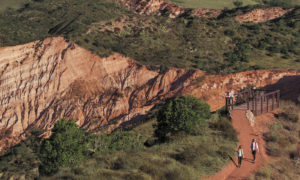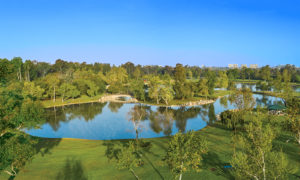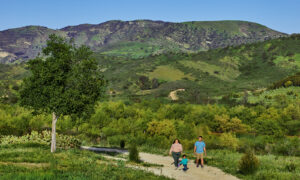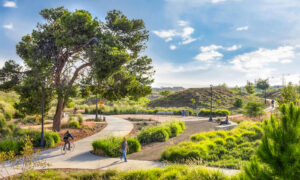
New England may be famous for its fall foliage displays, but many Southern California trees are putting on a respectable show. A walk in a park, open space preserve or your neighborhood can yield dazzling fall colors. California sycamores are turning amber, cottonwoods yellow, maples and sweet gum red and purple. Now is a perfect time to savor the autumn palette.
Fall color is really a function of reduced moisture, as well as shorter days and cooler temperatures. These conditions trigger deciduous trees to shut down their plumbing and cease making food. As this happens, the amount of chlorophyll, the green pigment in leaves, decreases. As it fades away, other pigments are revealed. Fall’s beautiful colors – the yellows, oranges, deep reds and purples – are always there, though masked most of the year by dominant green. Eventually, the leaves of deciduous trees will fall, leaving behind barren branches and tiny buds ready to unfurl when spring arrives.
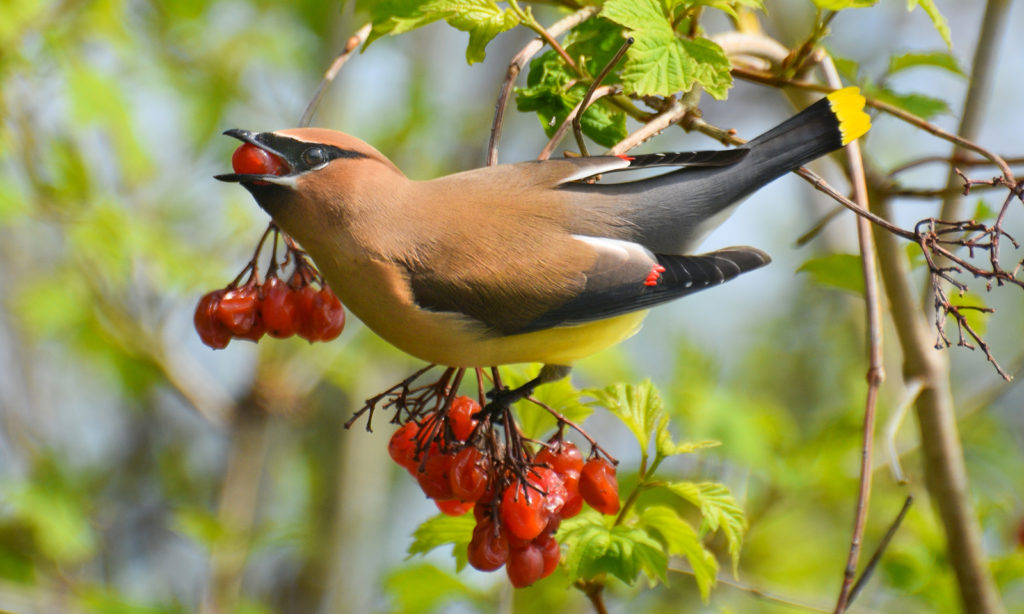
Often multi-trunked, California sycamore can reach 100 feet, with leaves that turn burnt orange in the fall. As winter approaches, or sometimes sooner, the orange hue gives way to brown before the leaves drop. When the last leaves fall, the barren and often gnarled white branches appear ghost-like in the landscape.
Toyon, an evergreen shrub seen throughout the canyons of The Irvine Ranch, remains dark green throughout the year. Its gorgeous late fall color is attributed not to its foliage, but rather its fruit. By November, large clusters of berries turn bright red on this plant, serving as beacons for the wildlife that will feast on them.
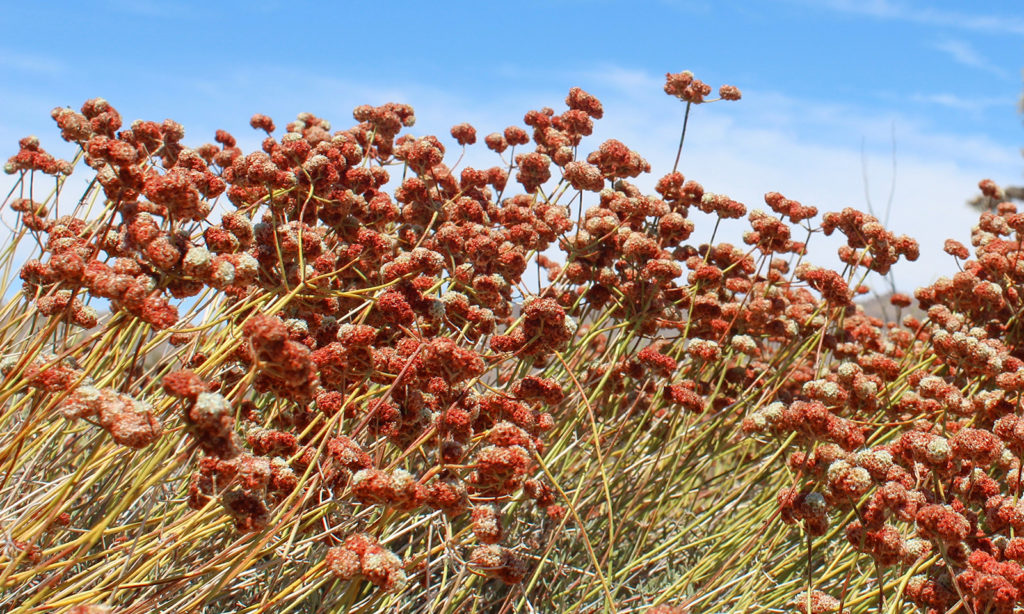
California buckwheat occurs throughout the coastal sage scrub community. Widespread on bluffs and hillsides in Irvine, this shrub starts producing creamy white or pink blossoms in spring. In the fall, those blossoms give way to crimson seed heads that add splashes of color to the landscape and provide food for wildlife.
Jenny Rigby , director of The Acorn Group, is an interpretive planner, designer and writer.


